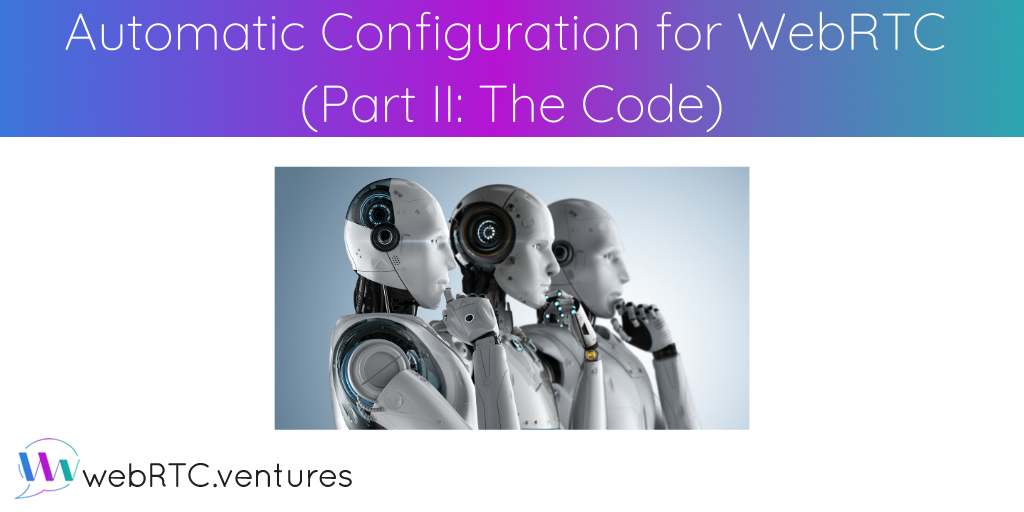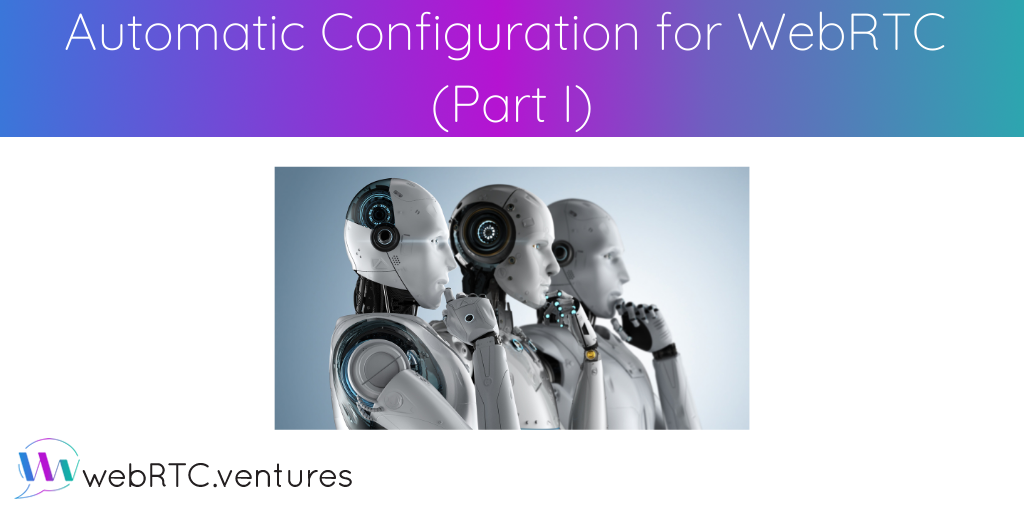
Earlier this month, our CTO Alberto Gonzalez and I descended upon Las Vegas for AWS re:Invent 2025. As an AWS Partner working daily with AWS services to build real-time voice, video, and AI systems, re:Invent is more than a conference for us. It’s a chance to validate

At WebRTC.ventures, our success in delivering top-tier managed services to clients is built on continuous improvement. By consistently communicating and collaborating across all of our teams—from application development to DevOps and QA—we’ve refined each part of the process, making it more efficient and effective. Let’s explore how

A code example for automating configuration for WebRTC. Hector shows us how to provision two EC2 instances: one running the Janus WebRTC Server and the other one running coturn.

The process of putting together the infrastructure behind a WebRTC application is complex, involving multiple tasks to be completed with often limited resources. Automation reduces the time and efforts spent on provisioning and configuration, which in turn will allow more focus on the features that will set the solution apart from the others.






